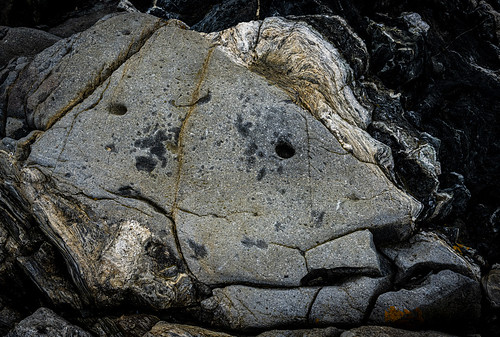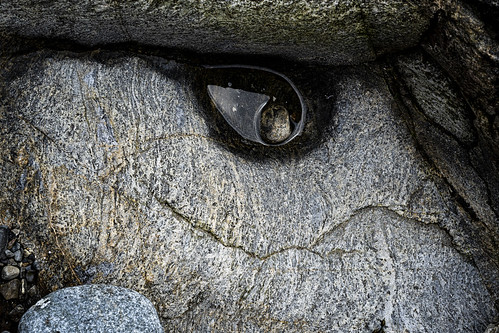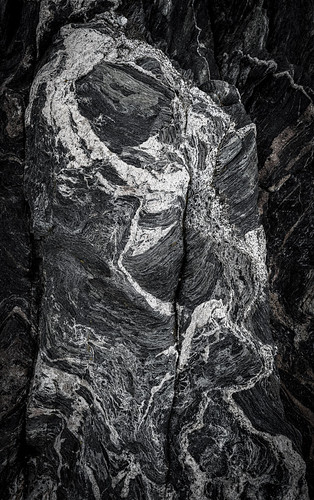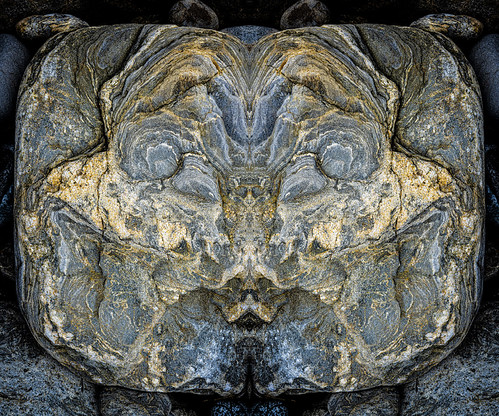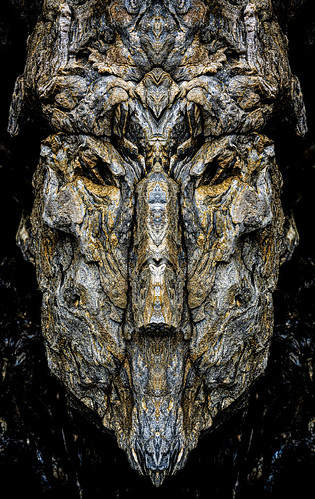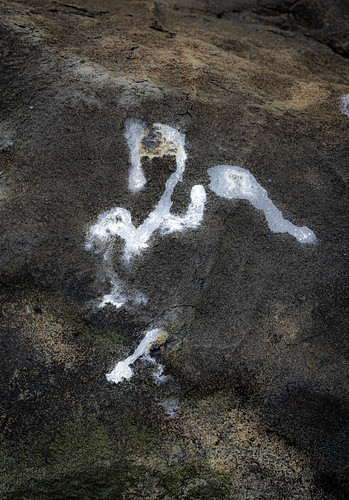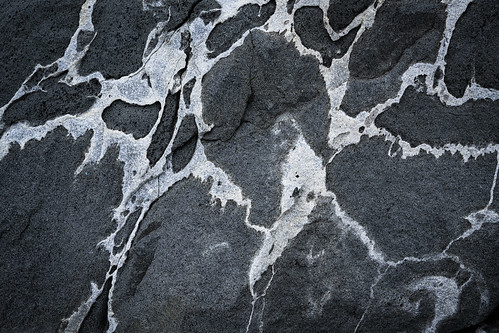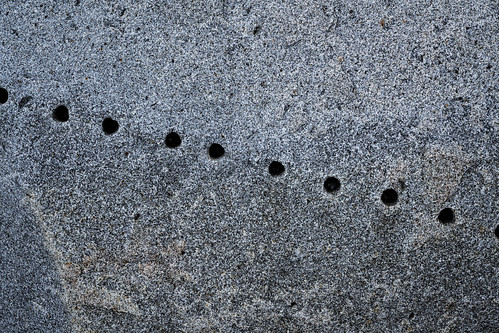The London Review of Books is a continual delight, every issue replete with surprises and challenges, lambent writing, and things I had no idea I was interested in until I started reading. This week’s case in point: a review by Francis Gooding of Merlin Sheldrake’s Entangled Life: How Fungi Make Our Worlds, Change Our Minds And Shape Our Futures, which I was reading and listening to (via Audible) about a year ago. This (summarizing “what we know of mycelium and its habits”) is from the last paragraph:
The explosive growth of interconnections, the development of flexible new relationships, the filling of spaces with a tangle of new pathways, novel and powerful exchanges and flows of information coursing through an electrically excitable network: what else but this would a fungus do if it really did seize hold of your mind… an entanglement of intimate, sudden, pulsing fresh connections between the things around it?
What a marvelous characterization of Education, I thought, and how very like what I experienced (mostly outside of classes…) with friends in the halcyon days of 1969-1971 at Stanford, and now and again in the years since (though the “electrically excitable network” didn’t really bloom until the 1990s), and mostly on my own in 16 years of retirement. Perhaps the greatest pleasure is never knowing when and in what modality the next inspiration will present itself, but they keep coming.

